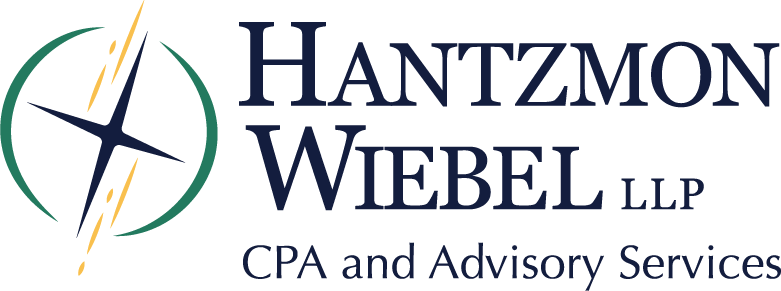In 2016, the Financial Accounting Standards Board (FASB) issued Accounting Standards Update (ASU) No. 2016-02, Leases (Topic 842), revising rules on how to account for leases on the balance sheet and financial documents. These changes affect all entities—including nonprofit organizations—that lease office space, vehicles and equipment, such as copiers and phone systems.
In the past, these types of operating leases were considered to be “off balance sheet,” and nonprofits have only been required to disclose them in the notes of their financial statements. Moving forward, nonprofits must recognize operating leases on the balance sheet, with the new rules going into effect for most nonprofits for fiscal years beginning after December 15, 2019.
Why the Change?
The FASB has instituted this change to improve transparency and provide a more accurate measure of the contractual obligations that underlie leases. The intent is to provide financial statement users a more consistent representation of lease obligations and help users understand the amount, timing and uncertainty of cash flows related to leases.
Explaining the necessity of the new rules, the FASB cited a study by the Securities and Exchange Commission that identified leasing as the largest off-balance-sheet transaction, with an estimated $1.25 trillion in lease obligations—a significant amount to be reflected only in disclosures.
While this change will have the greatest impact on entities with large amounts of leased real estate, manufacturing equipment and vehicles, it affects any lease with a term longer than 12 months.
How It Works
Moving forward, all operating leases will be recorded as an asset and a liability. The asset, or in the new leasing terminology, the “right to use assets” will be amortized over the life of the lease. An offsetting liability for the present value of the lease payments will be recorded representing the obligation to pay the lease.
The “right to use” concept states that an operating or finance lease contract gives you the right to control the use of an asset for a stated term. With this right, the lease agreement creates an asset that must be reflected on the balance sheet and with it a corresponding liability to be recognized.
Note that several lease types aren’t affected by the new rules, namely short-term leases of 12 months or less and leases for intangible assets, such as software licenses. And while there is no grandfathering for existing leases, renewal terms can be included in initial calculations if the nonprofit organization is “reasonably certain” the renewal options will be exercised.
Next Steps
Implementing the new standards will take time. If you haven’t yet gathered all of your operating leases and looked at their key provisions, now’s the time to do so. You may need to change some of your internal processes and controls to accommodate the new requirements.
You’ll also want to prepare and educate your board, donors, lenders and other users of your financial statements about the required changes and how leases will now be represented on your financial statements.
We are familiar with the new lease accounting standards and can answer any questions you may have. Call or email us at 434.296.2156 or info@hwllp.cpa.
Blog
Nonprofit Insights

